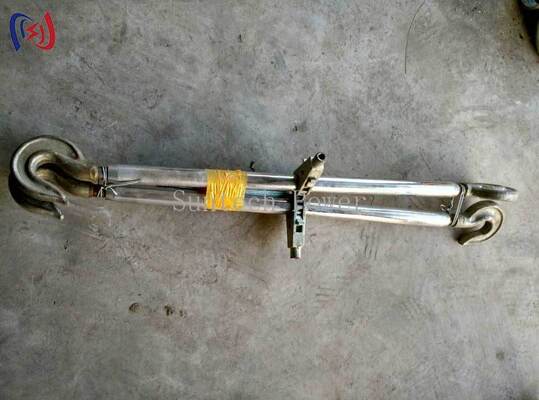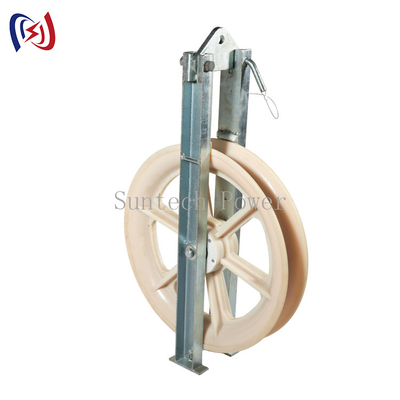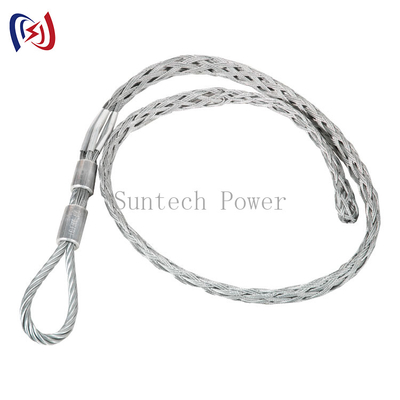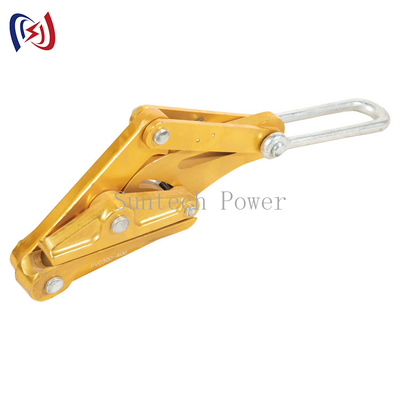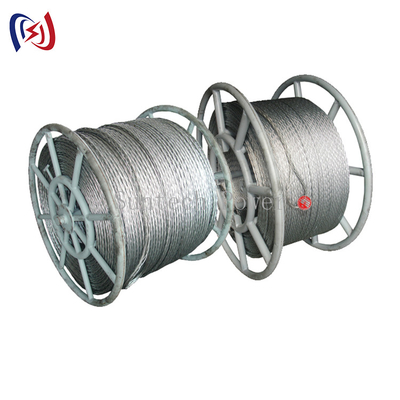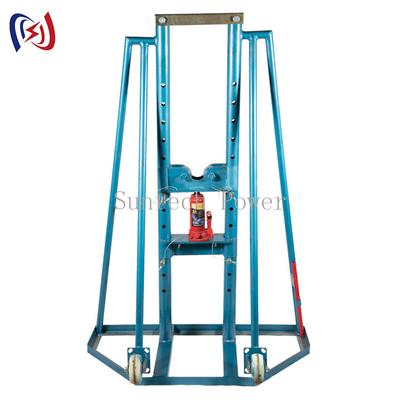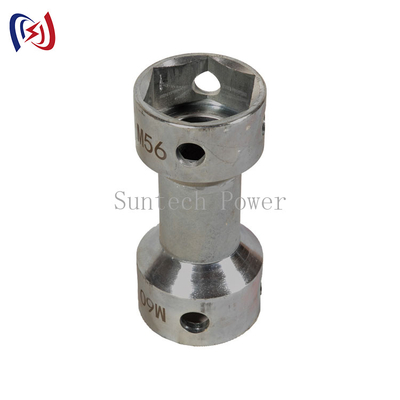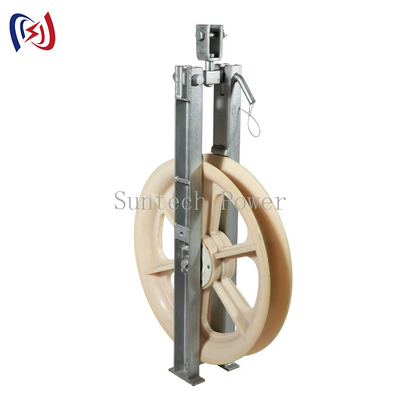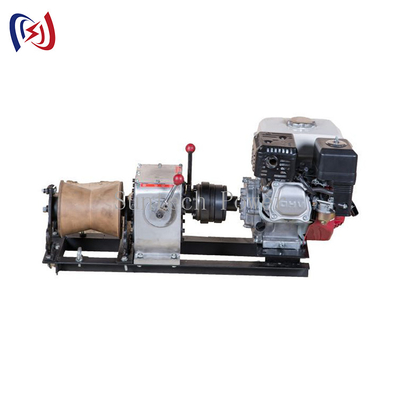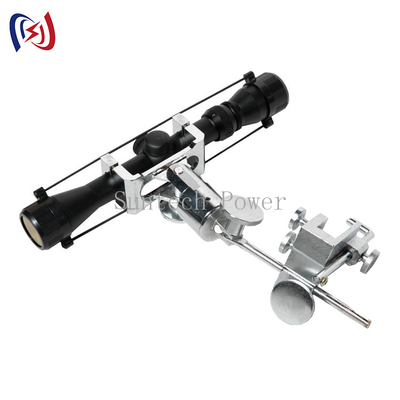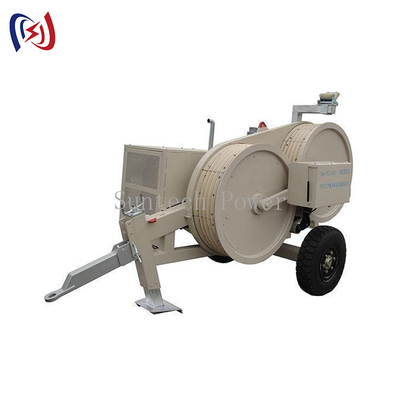Introduction to Inner-Suspended Lattice Gin Poles
Inner-suspended lattice gin poles represent a significant advancement in transmission tower construction technology. These specialized lifting devices serve as temporary internal support structures that enable crews to build tall power transmission towers section-by-section with greater safety and efficiency compared to traditional external crane methods.
Unlike conventional gin poles that attach externally, these innovative systems are designed to be erected inside the tower structure itself, creating a stable central mast that supports the sequential assembly of tower components. This method proves particularly valuable in remote locations or challenging terrains where large cranes cannot operate.
For utility companies and construction firms seeking to optimize their tower erection processes, our product line offers various inner-suspended gin pole configurations suitable for different tower designs and site conditions. Explore our range to discover how this technology can transform your transmission projects.
Engineering Principles Behind Inner-Suspended Gin Poles
Structural Composition
A typical inner-suspended lattice gin pole system consists of:
- Central Lattice Mast - High-strength steel truss structure providing vertical support
- Suspension Cables - Multiple wire rope systems distributing load forces
- Climbing Mechanism - Jacking system for vertical advancement
- Lifting Assembly - Boom and winch for component handling
- Base Foundation - Adjustable support platform
Material Specifications
- ASTM A572 Grade 50 steel for primary structural members
- Galvanized coating for corrosion resistance
- High-modulus synthetic slings for suspension systems
- Alloy steel pins and connectors
Construction Methodology
Step-by-Step Erection Process
-
Foundation Preparation
- Level and compact tower base
- Install gin pole anchor system
-
Initial Assembly
- Erect first tower section conventionally
- Install inner gin pole within lower section
-
Progressive Construction
- Lift subsequent sections using gin pole
- Raise gin pole to new working height
- Secure completed tower bracing
-
System Removal
- Dismantle gin pole from top down
- Remove through completed tower openings
Key Advantages Over Traditional Methods
✔ Reduced crane dependency - Minimizes need for heavy equipment
✔ Improved safety - Eliminates external load swings
✔ Enhanced precision - Allows millimeter-level alignment
✔ Weather resilience - Less affected by wind than crane operations
✔ Cost efficiency - Lowers transportation and mobilization expenses
Applications Across Power Infrastructure Projects
1. Greenfield Transmission Lines
- Ideal for virgin right-of-way installations
- Enables construction in mountainous terrain
- Facilitates river and valley crossings
2. Urban Power Upgrades
- Minimizes work zone footprint in cities
- Reduces traffic disruption
- Allows work in confined spaces
3. Tower Replacement Projects
- Supports phased removal of old structures
- Enables "hot swap" installations
- Maintains clearance during rebuilds
4. International Development Projects
- Practical solution for remote areas
- Reduces logistics complexity
- Accommodates local labor skill levels
Selection Criteria for Optimal Performance
1. Tower Type Compatibility
| Tower Design |
Recommended Gin Pole Type |
| Lattice suspension |
Single mast with quadrant cables |
| Tubular steel |
Modular segmental system |
| Guyed structures |
Lightweight truss configuration |
| Cross-rope suspension |
Hybrid lifting assembly |
2. Height Capacity Considerations
- Standard systems: 50-150 meter capability
- Extended configurations: 150-300 meter range
- Custom engineering: 300+ meter solutions
3. Load Rating Parameters
- Component weight: Typically 5-20 metric tons
- Simultaneous lifts: Multiple point pickups
- Dynamic factors: Wind, ice, and seismic loads
4. Site-Specific Factors
- Soil bearing capacity
- Access road limitations
- Availability of anchor points
- Local weather patterns
Safety Systems and Risk Mitigation
Integrated Protection Features
- Automatic load monitoring - Prevents overload conditions
- Secondary retention cables - Backup suspension system
- Anti-sway dampers - Minimizes oscillation
- Emergency descent mechanism - Controlled lowering capability
Operational Safety Protocols
- Daily inspection checklist
- Load test verification
- Crew certification requirements
- Weather monitoring procedures
- Emergency response planning
Maintenance and Longevity
Routine Service Requirements
- Monthly: Cable inspection for fraying
- Quarterly: Structural connection verification
- Annually: Non-destructive testing
- Per Project: Coating condition assessment
Component Replacement Guidelines
- Wire ropes after 5 years or 50 lifts
- Hydraulic seals every 2 years
- Steel pins at 10-year intervals
- Galvanizing recoating as needed
Cost-Benefit Analysis
Project Savings Breakdown
- Equipment: 40-60% reduction vs. crane costs
- Labor: 30% fewer crew members required
- Time: 25% faster erection cycle
- Logistics: 70% lower transportation expense
Return on Investment Timeline
- Small projects: 3-5 tower payback period
- Medium projects: 2-3 tower recovery
- Large programs: 1-2 tower breakeven
Future Technological Developments
Emerging Innovations
- Automated climbing systems - Robotic self-advancement
- Smart load sensors - Real-time stress monitoring
- Composite materials - Lighter, stronger components
- VR-assisted assembly - Digital twin verification
Sustainability Improvements
- Low-carbon steel production
- Recyclable system components
- Energy-efficient hydraulic systems
- Reduced site disturbance
Conclusion: Elevating Tower Construction Standards
Inner-suspended lattice gin poles have redefined the economics and safety parameters of transmission tower construction. By incorporating this technology into your projects, you gain:
✔ Unmatched versatility across terrains and tower types
✔ Superior cost control through reduced equipment needs
✔ Enhanced schedule reliability in variable conditions
✔ Improved safety metrics through controlled lifting
For engineering teams ready to transform their tower erection methodology, our comprehensive range of inner-suspended gin pole systems offers engineered solutions for projects of all scales. Visit our product catalog to explore specifications and find the ideal configuration for your upcoming transmission line projects.

 Your message must be between 20-3,000 characters!
Your message must be between 20-3,000 characters! Please check your E-mail!
Please check your E-mail!  Your message must be between 20-3,000 characters!
Your message must be between 20-3,000 characters! Please check your E-mail!
Please check your E-mail! 
